The Viking Archaeology Blog is concerned with news reports featuring Viking period archaeology. It was primarily constructed as a source for the University of Oxford Online Course in Viking Archaeology: Vikings: Raiders, Traders and Settlers. For news reports for general European archaeology, go to The Archaeology of Europe News Blog.
Monday, 19 December 2022
700-Year-Old Viking Shipwreck Found at the Bottom of Norwegian Lake
Tuesday, 13 December 2022
Vikings: Raiders, Traders and Settlers

The University of Oxford online course: Vikings: Raiders, Traders and Settlers is currently enroling for Trinity Term when the course will begin on 25 January.
Find out more about this course...
Monday, 12 December 2022
Great Viking Fortresses Built By King Harald Bluetooth

Read the rest of this article...
Revisiting one of Scotland's rarest Viking burials
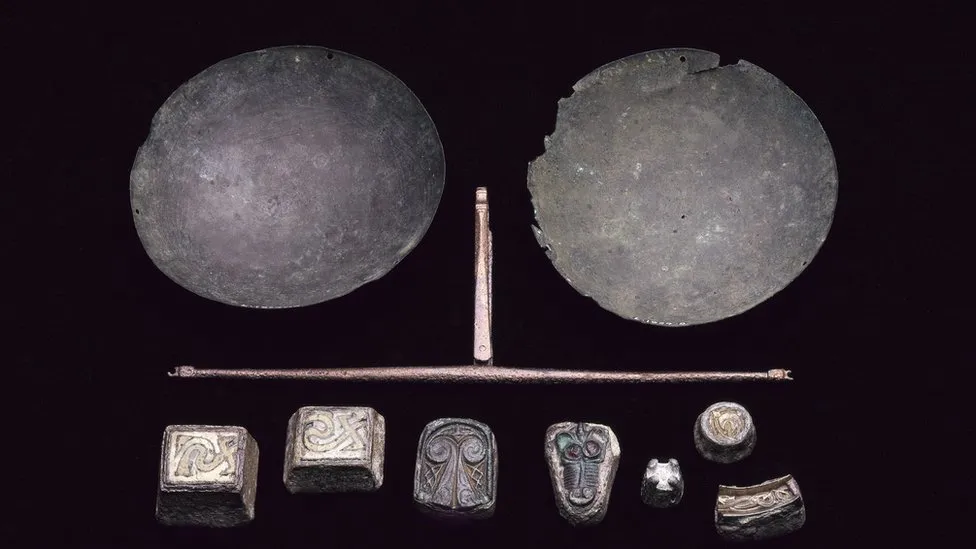
Read the rest of this article...
Monday, 28 November 2022
Medieval Iceland: A Timeline
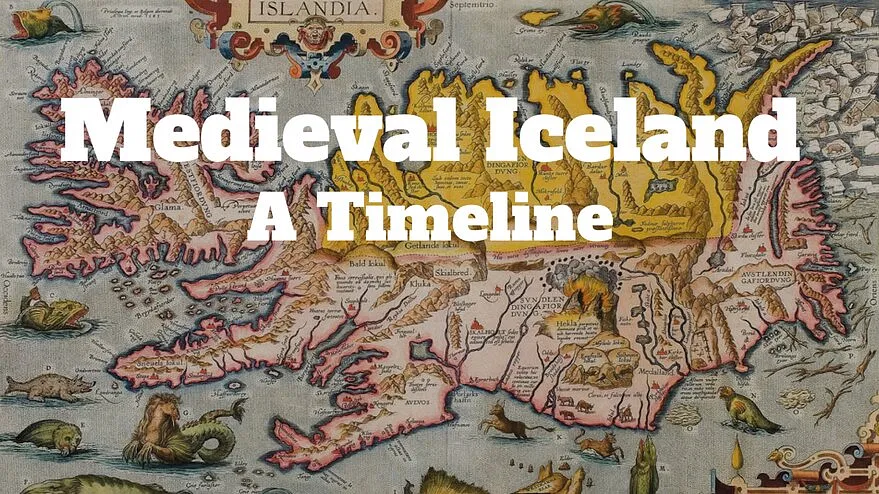
Read the rest of this article...
Monday, 21 November 2022
The ancient golden treasure rewriting Danish history
Read the rest of this article...
Wednesday, 16 November 2022
The Viking Axe

Photo by Medievalists.net
Read the rest of this article...
Wednesday, 9 November 2022
Archaeologists Unearth Trove of Viking Age Jewelry in Sweden
:focal(512x317:513x318)/https://tf-cmsv2-smithsonianmag-media.s3.amazonaws.com/filer_public/7d/4c/7d4ce56f-832a-431a-abea-d9076e679a5b/silverskatten-foto-acta-konserveringscentrum-1-1024x630.jpeg)
Read the rest of this article...
Thursday, 3 November 2022
Metal detectorist stumbles across Viking treasure hoard in Norway
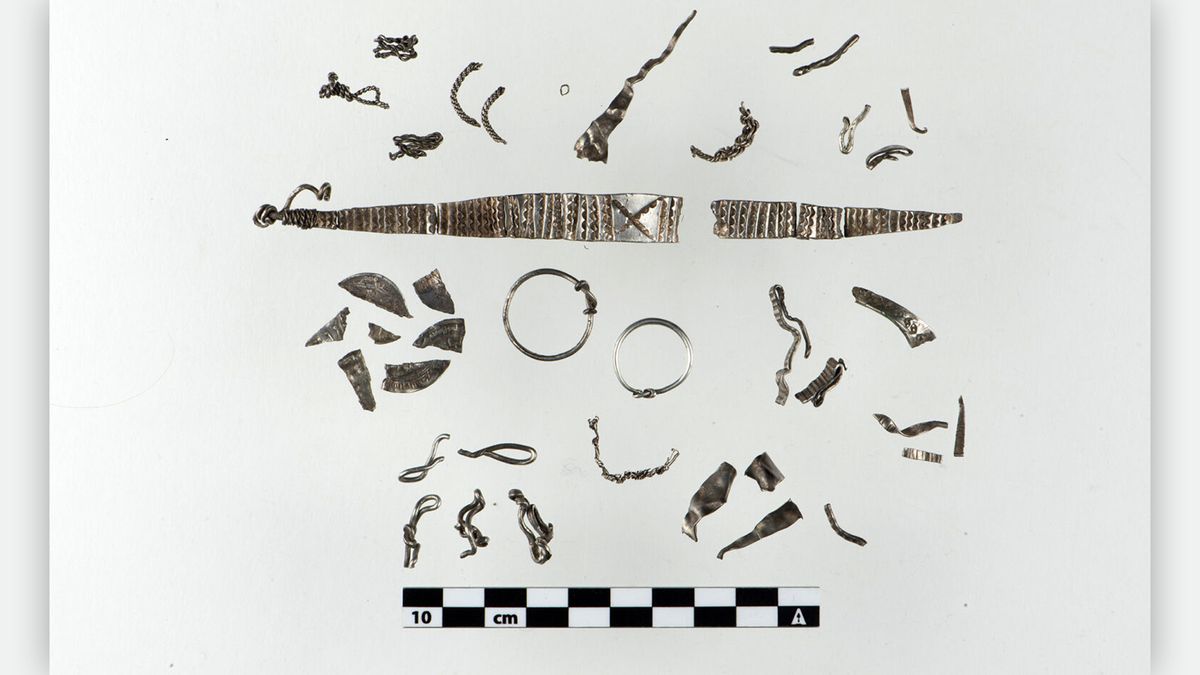
Tuesday, 1 November 2022
2 Viking swords buried upright might have connected the dead to Odin and Valhalla
(Image credit: The Archaeologists/National Historical Museums, CC BY)
The mysterious Viking runes found in a landlocked US state
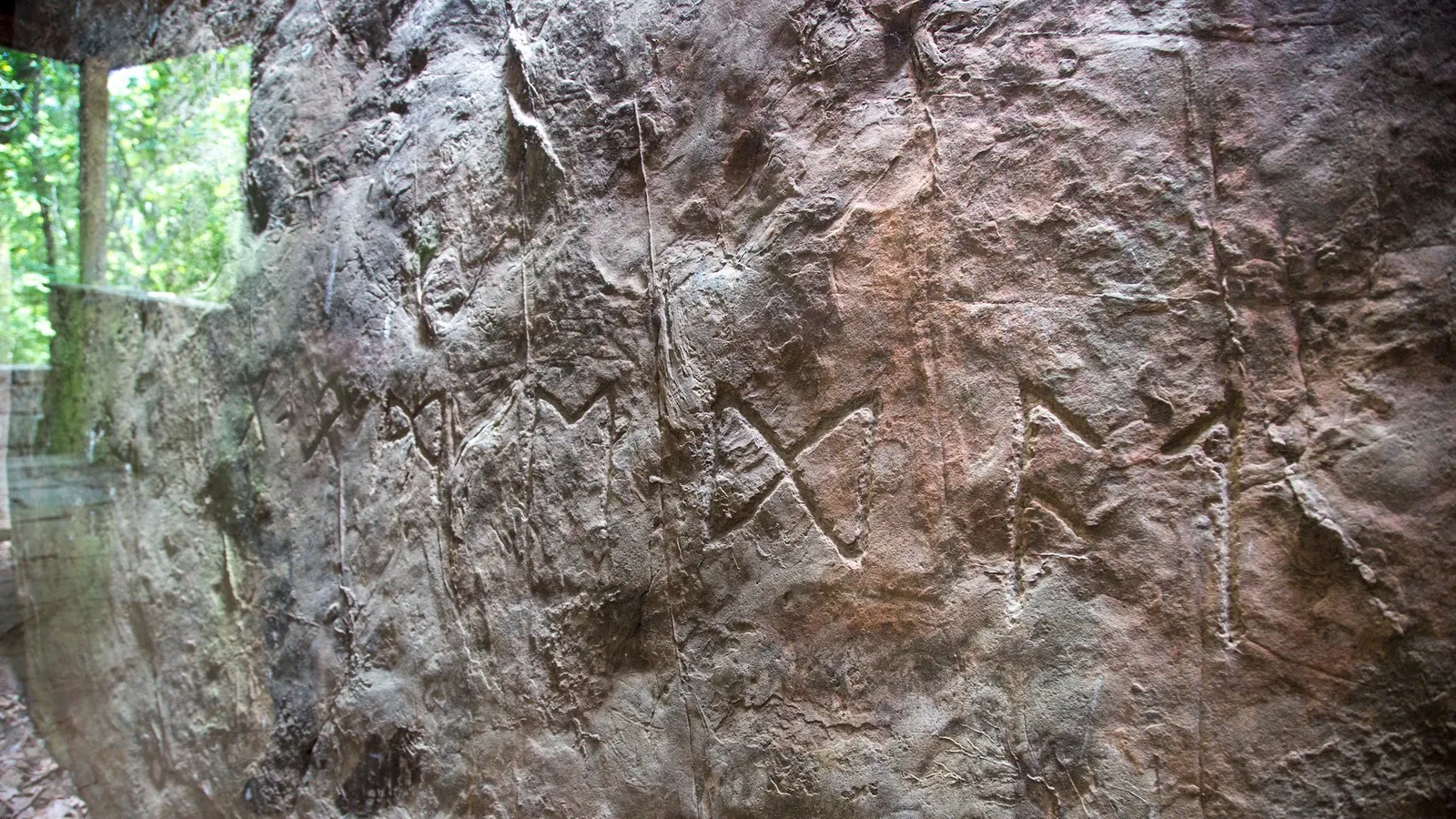
Read the rest of this article...
Sunday, 30 October 2022
Harald Hardrada: King of Norway
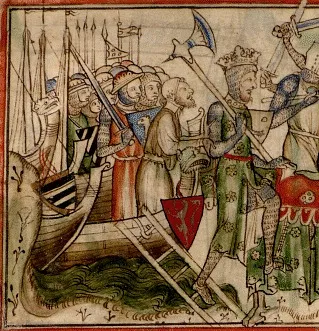
Read the rest of this article...
Saturday, 29 October 2022
Landscapes of the Norman Conquest

An exciting new book “Landscapes of the Norman Conquest” by Trevor Rowley has now been published.
For a long time, the Norman Conquest has been viewed as a turning point in English history; an event which transformed English identity, sovereignty, kingship, and culture. The years between 1066 and 1086 saw the largest transfer of property ever seen in English History, comparable in scale, if not greater, than the revolutions in France in 1789 and Russia in 1917. This transfer and the means to achieve it had a profound effect upon the English and Welsh landscape, an impact that is clearly visible almost 1,000 years afterwards.
Although there have been numerous books examining different aspects of the British landscape, this is the first to look specifically at the way in which the Normans shaped our towns and countryside.
The castles, abbeys, churches and cathedrals built in the new Norman Romanesque style after 1066 represent the most obvious legacy of what was effectively a colonial take-over of England. Such phenomena furnished a broader landscape that was fashioned to intimidate and demonstrate the Norman dominance of towns and villages.
The devastation that followed the Conquest, characterised by the ‘Harrying of the North’, had a long-term impact in the form of new planned settlements and agriculture. The imposition of Forest Laws, restricting hunting to the Norman king and the establishment of a military landscape in areas such as the Welsh Marches, had a similar impact on the countryside.
Viking beadmakers’ secrets revealed in new study
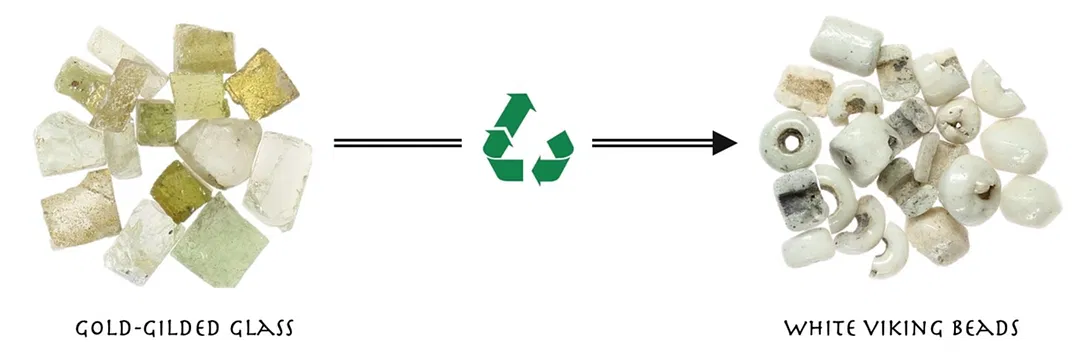
Read the rest of this article...
Viking silver treasure uncovered in Täby in Stockholm
Read the rest of this article...
Viking unhacked silver hoard found in Sweden
Sweden sees Norway’s Viking hack silver hoard and raises with a Viking hoard of silver jewelry and coins in pristine unhacked condition. The hoard was discovered in an excavation of the Viking settlement of Täby, outside Stockholm. It was cached under the wooden floor of one of the Viking Age (800-1050 A.D.) houses about 1,000 years ago.
Read the rest of this article...
Saturday, 22 October 2022
Secrets Of Iron Age Power Center Uppåkra Revealed By Archaeologists

Read the rest of this article...
Thor’s hammer amulet found in Sweden
Read the rest of this article...
Wednesday, 5 October 2022
10 of the Best Viking Museums in Europe
Read the rest of this article...
Tuesday, 27 September 2022
How Vikings Influenced the Modern English Language

Read the rest of this article...
Sunday, 18 September 2022
Vikings: Raiders, Traders and Settlers (Online Course)

The University of Oxford online course will run from Wednesday, 28 Sep 2022 to Friday 09 Dec 2022
You can find further details here...
Reykjavík 871±2
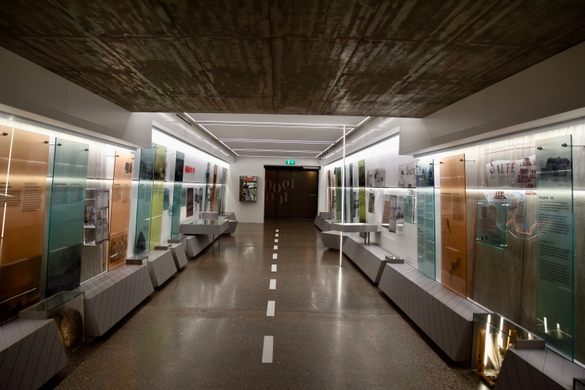
Read the rest of this article...
Viking Textiles Show Women Had Tremendous Power
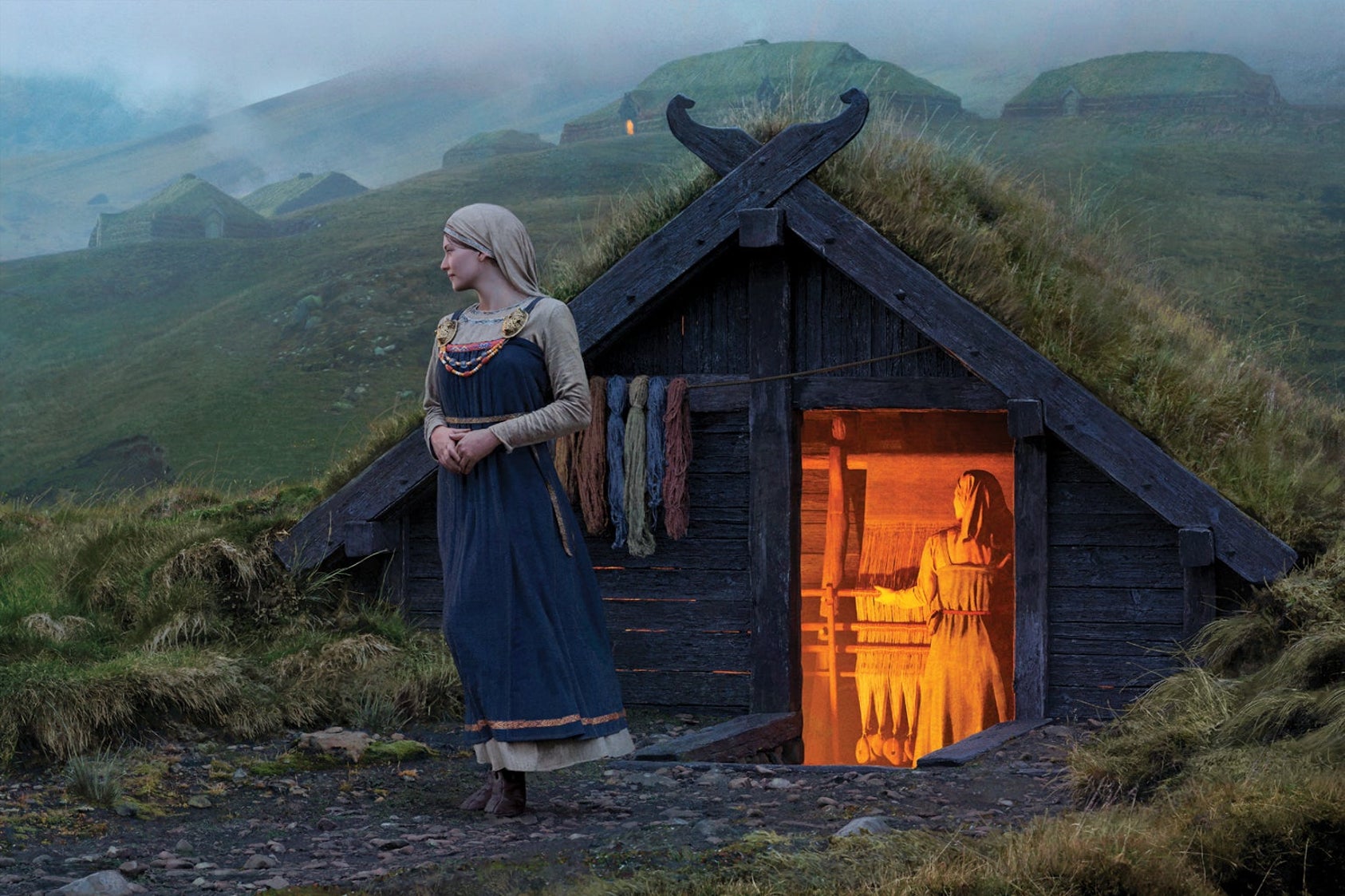
Read the rest of this article...
Thursday, 11 August 2022
Excavation in Seyðisfjörður Unearths Jewelry from Earliest Period of Settlement
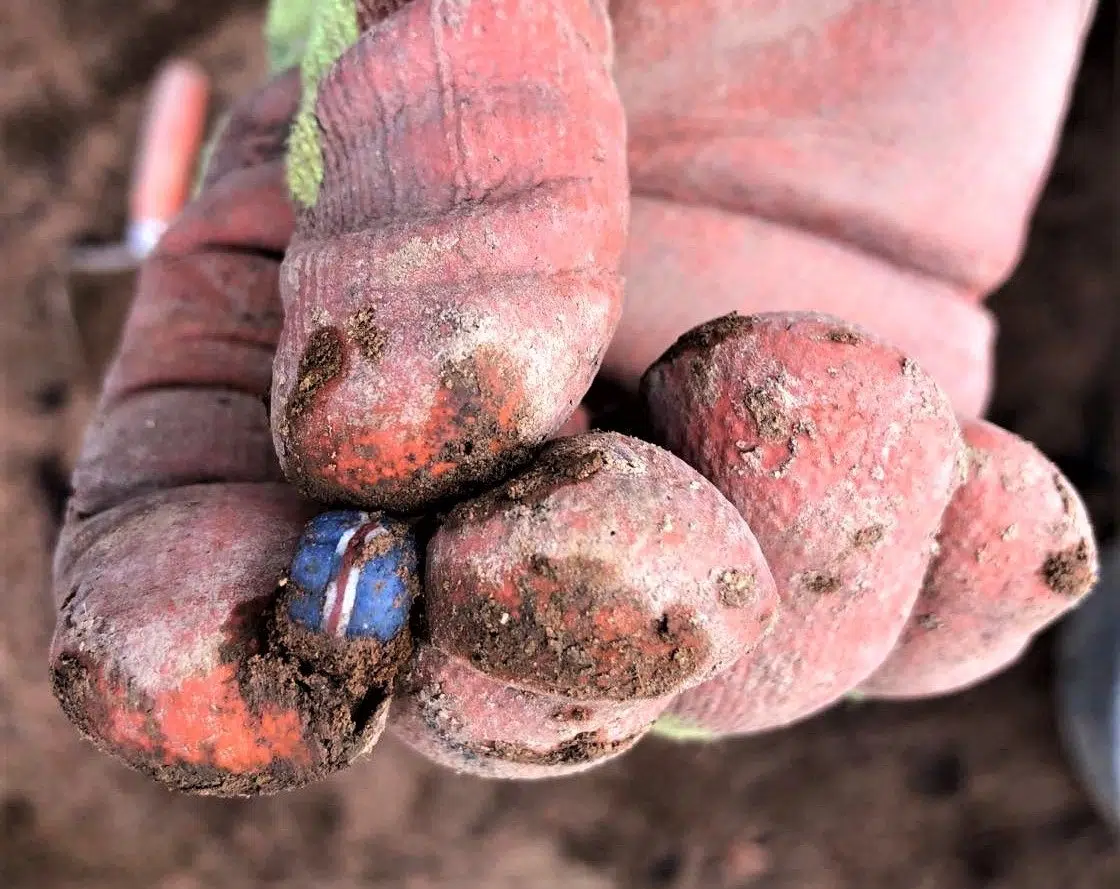
Archaeologists in Seyðisfjörður have excavated jewelry that dates from 940 – 1100, just after the initial settlement of Iceland. Notably, one of the beads found in the excavation even bears the colours of the Icelandic national flag.
Remarkably well-preserved structures in Seyðisfjörður
Archaeological digs have been underway in Seyðisfjörður, a fishing village in the East Fjords of Iceland, since 2020. Due to the high slopes of the valley, Seyðisfjörður is subject to land slides, and local authorities plan to build defensive barriers to protect the village, which has suffered damage in recent years. However, these same land slides have also preserved archaeological sites in the region particularly well. Archaeologists have been called in to perform exploratory digs where the defensive barriers will be erected, and have found remarkably intact manmade structures and artifacts such as game pieces and pearls.
Read the rest of this article...Medieval Artifacts Uncovered in Iceland
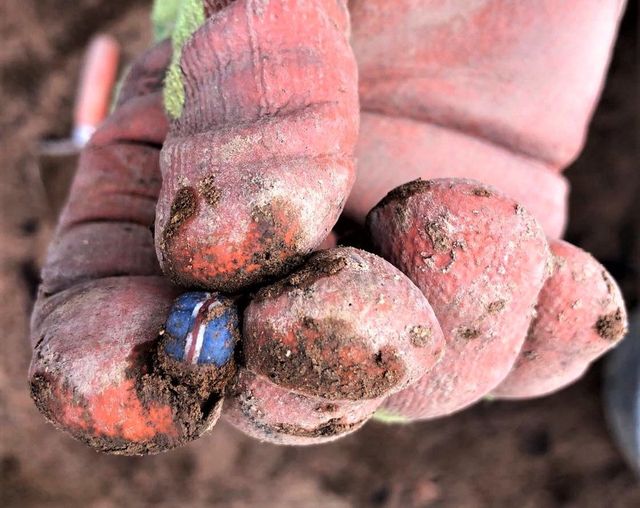
SEYðISFJÖRðUR, ICELAND—Traces of a farmstead dated to the earliest settlement of Iceland have been uncovered in the East Fjords of the island by a team of researchers led by archaeologist Ragnheiður Traustadóttir, according to Iceland Review. The site is situated in a valley where landslides from the high slopes and tephra from volcanic eruptions have protected archaeological materials and provided a means of dating them. So far, researchers have found human remains; the bones of a horse; a spear; a boat; and jewelry, including a red, white, and blue bead dated to between A.D. 940 and 1100. To read about a Viking Age site in Iceland's lava fields, go to "The Blackener's Cave."
Read the rest of this article...
Wednesday, 6 July 2022
Vikings Actually Reached the Americas Long Before Columbus

(Image: Glenn Nagel Photography)
Read the rest of this article...
Wednesday, 22 June 2022
New Thoughts on Eastern Europe's Medieval Source of Ivory
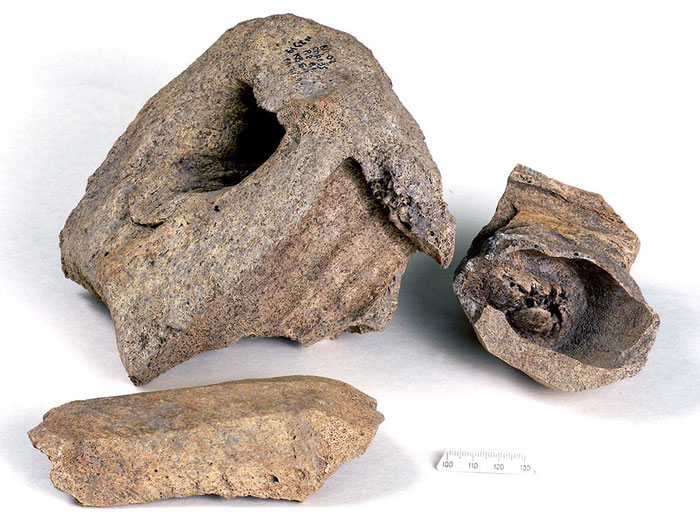
TRONDHEIM, NORWAY—According to a statement released by the Norwegian University of Science and Technology (NTNU), researchers led by James Barrett of the NTNU University Museum analyzed nine walrus snout bone fragments unearthed in 2007 during a construction project in Kyiv, an important trading city in the medieval period. In 2019, Barrett and his colleagues determined that Western Europe obtained most of its walrus products from Norse settlers in Greenland, although it was still thought that the ivory used in Eastern Europe came from the Barents Sea, which is located off the northern coasts of Norway and Russia. The researchers determined that five of the nine bone fragments had a genetic signature indicating they came from a genetic group of walruses only found in Greenland, while the chemical analysis of isotopes from the bones suggests that seven of the nine animals could have come from the region of Greenland.
Read the rest of this article...
The Worst Year Ever to Be Alive in History

Credit: Árni Friðriksson/Wikimedia Commons/ CC BY-SA 3.0
Read the rest of this article...
Sunday, 19 June 2022
Archaeologists find Viking Age shipyard
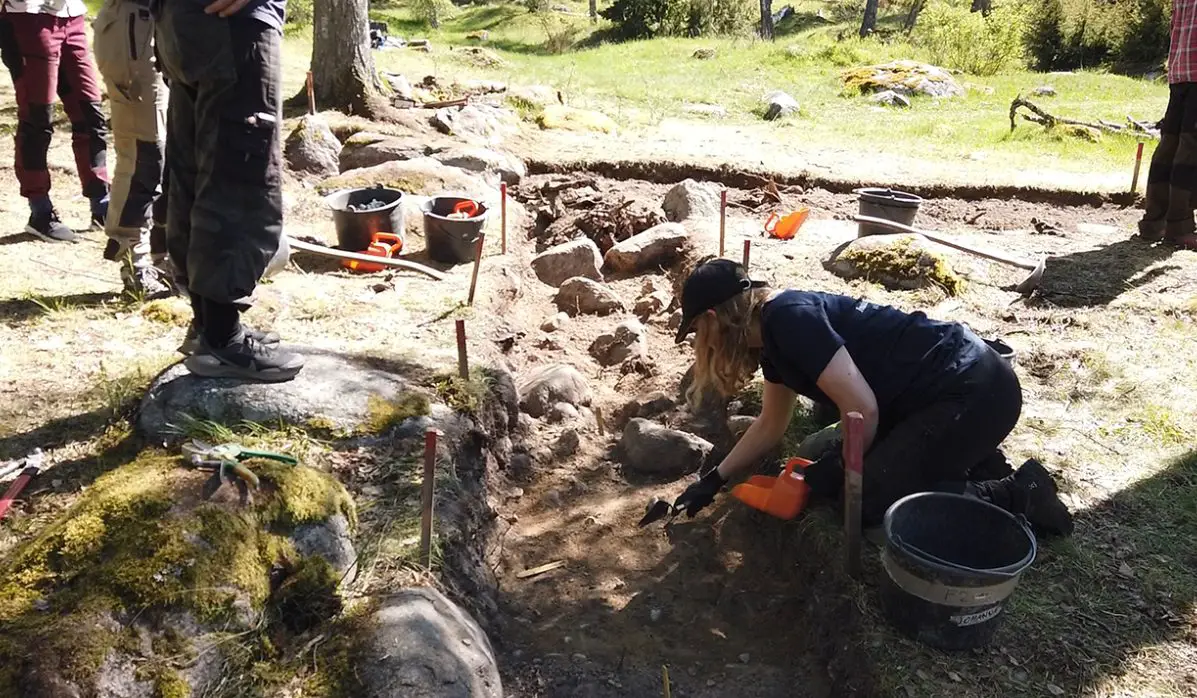
Read the rest of this article...
Ivory found in Kyiv in 12th century originated from Greenland - study

Read the rest of this article...
Monday, 13 June 2022
Silver coin featuring famous Viking king unearthed in Hungary
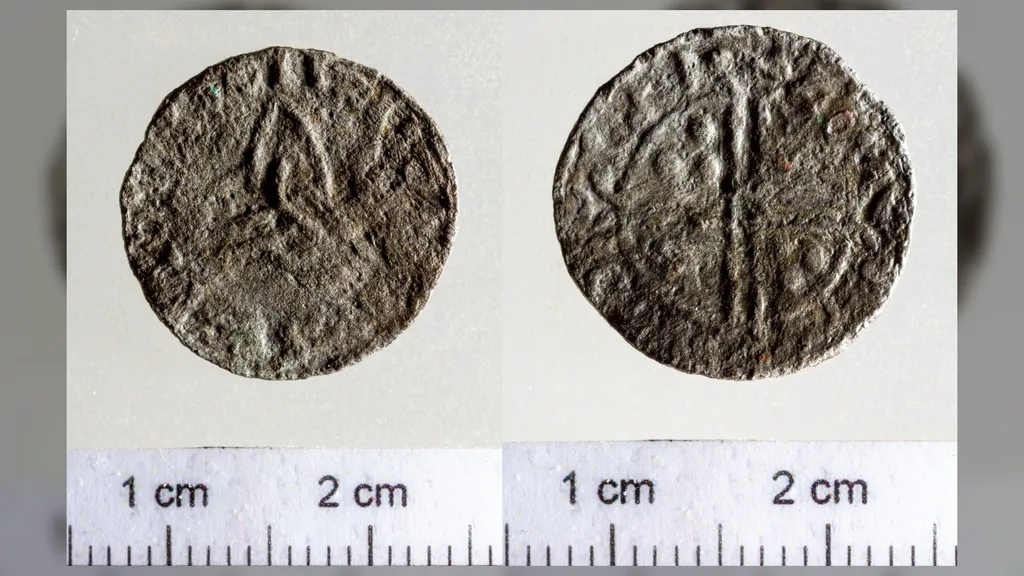
(Image credit: Tamás Retkes)
Read the rest of this article...
Sunday, 22 May 2022
World’s largest ever DNA sequencing of Viking skeletons reveals they weren’t all Scandinavian
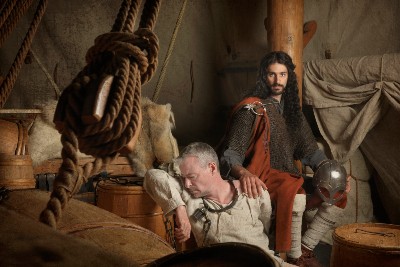
Read the rest of this article...
Surprising DNA study finds Vikings weren’t all Scandinavian

Read the rest of this article...
Tuesday, 17 May 2022
An intact Viking ship burial held riches—and a surprising mystery
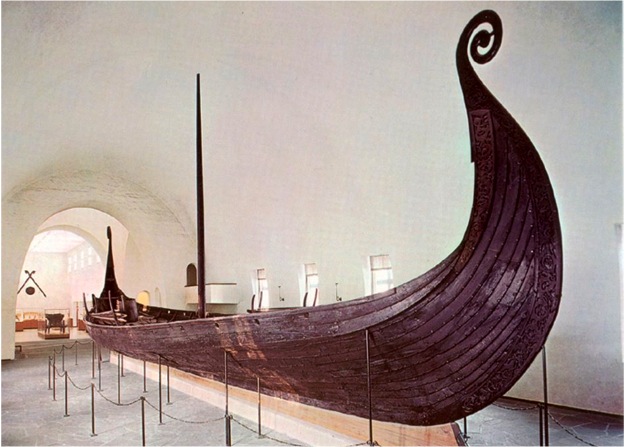
Read the rest of this article...
Friday, 13 May 2022
Uncovering the Secrets of a Forgotten Viking Town

JARLE SULEBUST/CC BY-SA 3.0
Read the rest of this article...
Wednesday, 11 May 2022
The Vinland Mystery

Read the rest of this article...
Wednesday, 4 May 2022
The new cutting edge tour of Orkney that takes users headfirst into 5,000 years of history

Read the rest of this article...
Tuesday, 3 May 2022
Viking hoard dodges auction bullet
Read the rest of this article...
Wednesday, 13 April 2022
This pile of rubble is actually an ancient fort. Historians have discovered 450 of them around Norway
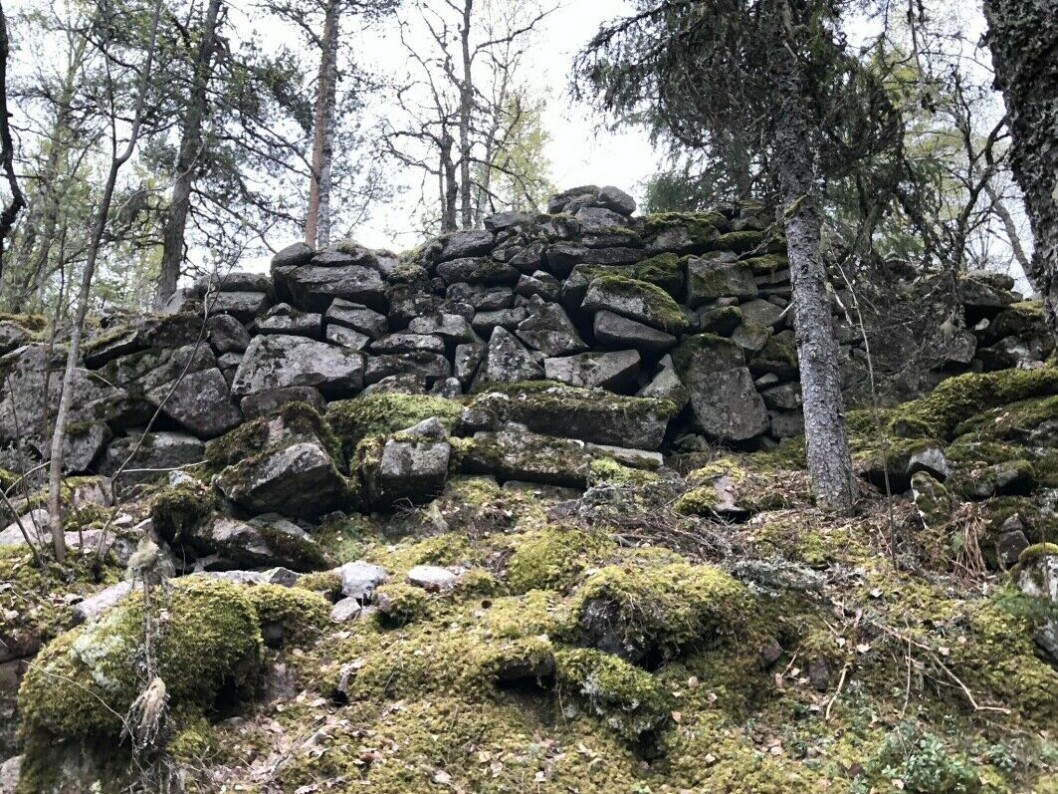
Read the rest of this article...
The Viking Sieges of Paris
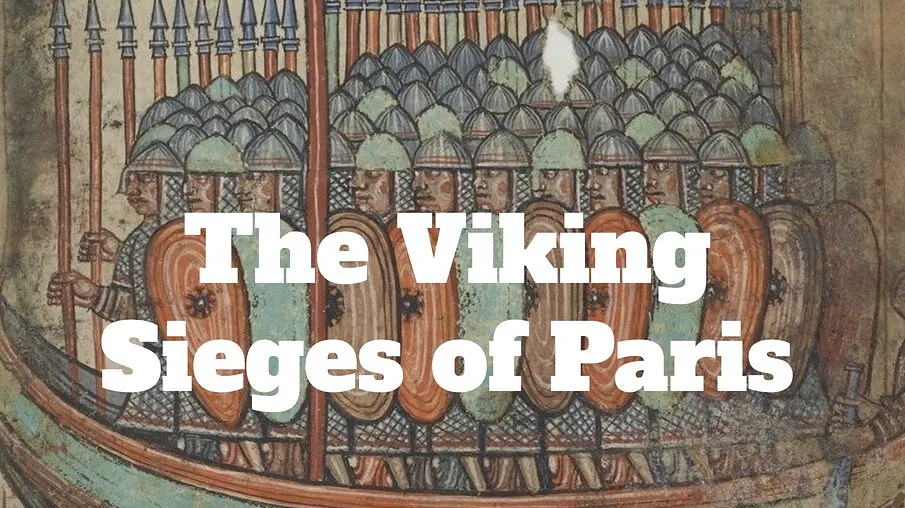
Read the rest of this article...
Wednesday, 6 April 2022
Scandinavia before the Vikings

Read the rest of this article...
Friday, 1 April 2022
These Scots Still Fish Like the Vikings

ALL PHOTOS COURTESY JOHN WARWICK
Read the rest of this article...
Thursday, 31 March 2022
Digging Up the Rich Viking History of Britain
A massive 1,100-year-old graveyard leads to a surprising new view of the Nordic legacy in Britain
Read the rest of this article...
Drought helped push the Vikings out of Greenland, new study finds

Read the rest of this article...
Thursday, 24 March 2022
A Viking Settlement Mysteriously Vanished. Now, We Have an Answer
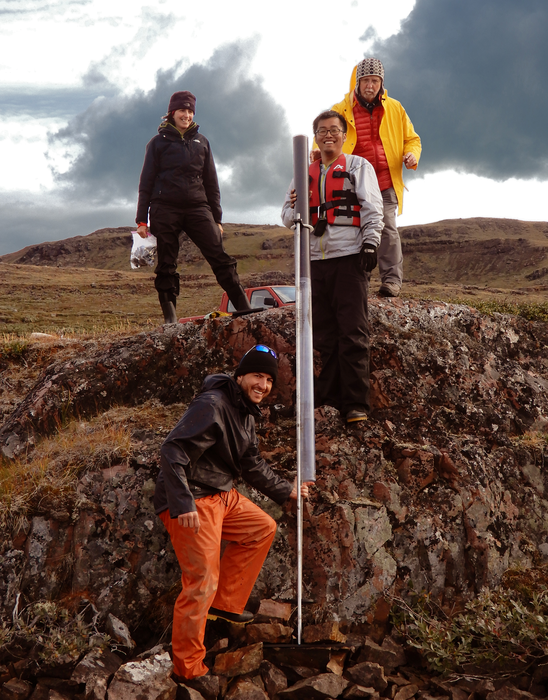
Read the rest of this article...
Wednesday, 23 February 2022
Ancient remains from reindeer hunting and a forgotten trail in the Norwegian mountains found by glacial archaeologists
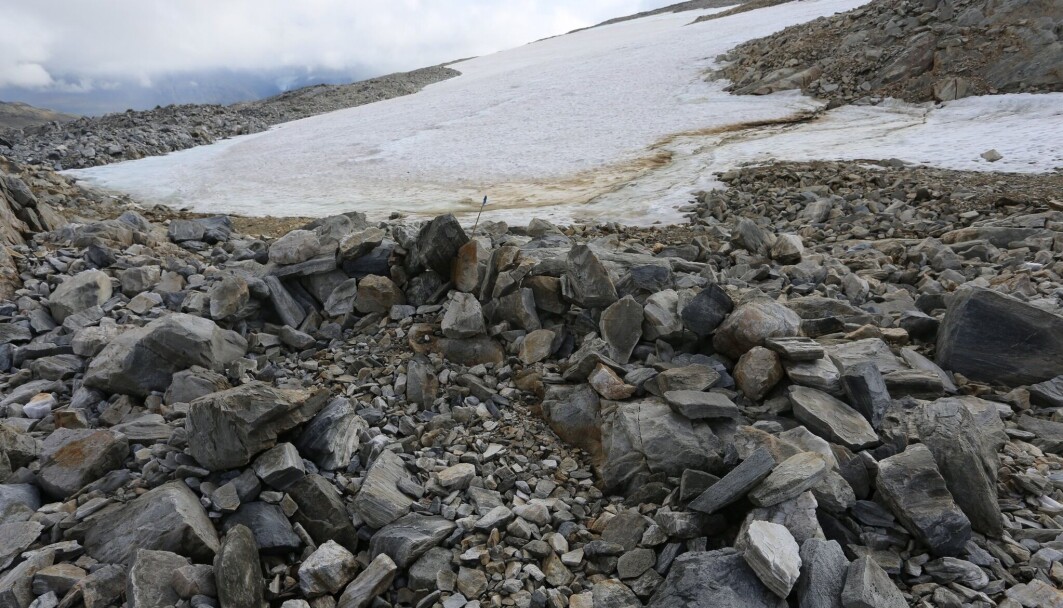
Read the rest of this article...
Wednesday, 16 February 2022
Ground-breaking DNA study finds Vikings weren’t all Scandinavian

Read the rest of this article...
Sunday, 6 February 2022
Viking Age boat burials: a history of research

Read the rest of this article...
Wednesday, 12 January 2022
When the Vikings Crossed the Atlantic
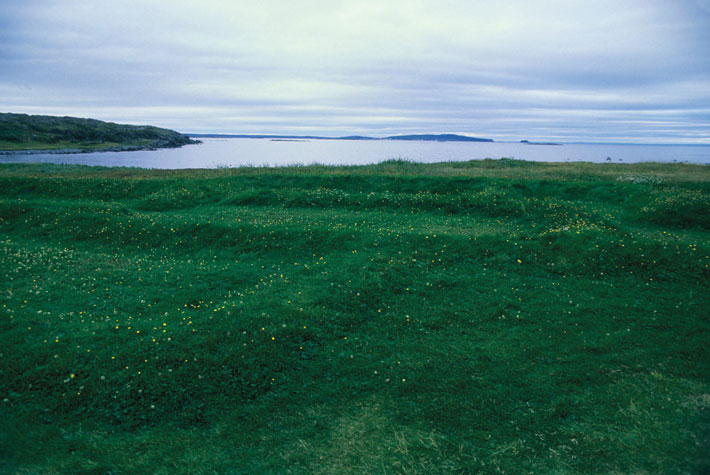
Read the rest of this article...
Monday, 10 January 2022
Viking sites in Scotland: These are 13 areas with Nordic history you should visit in Scotland
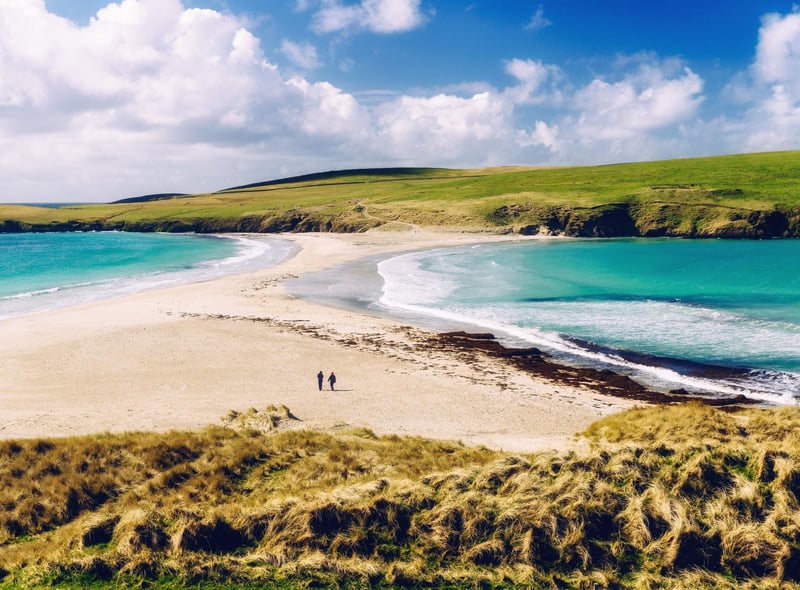
Read the rest of this article...


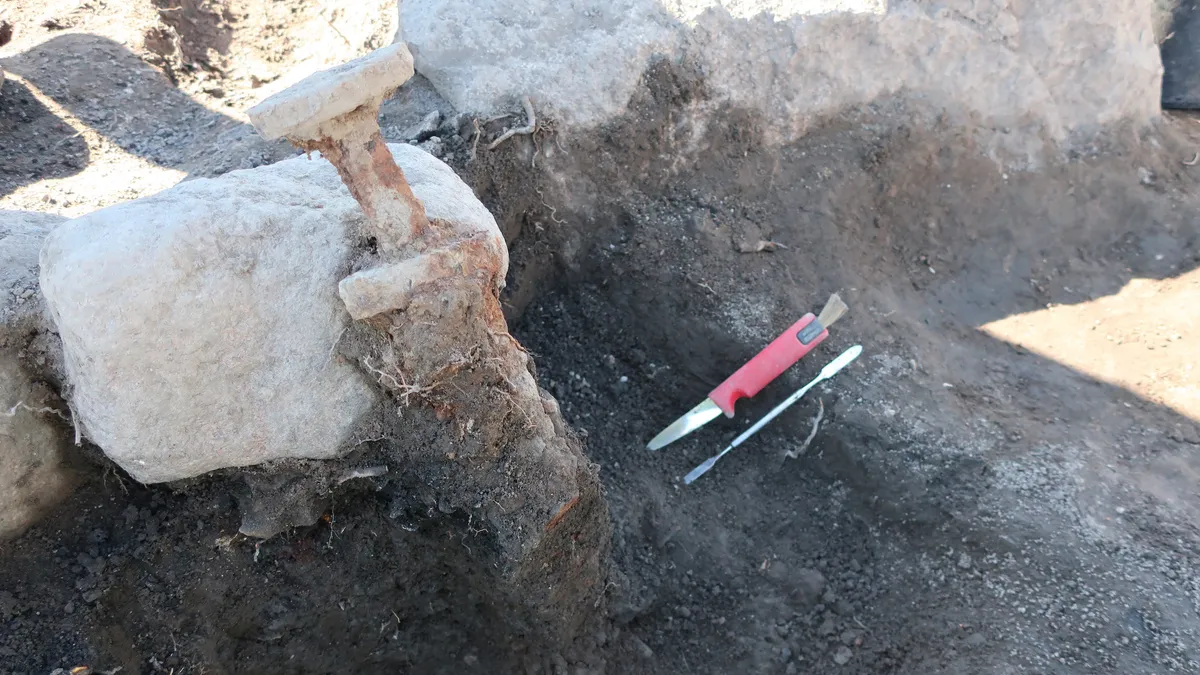
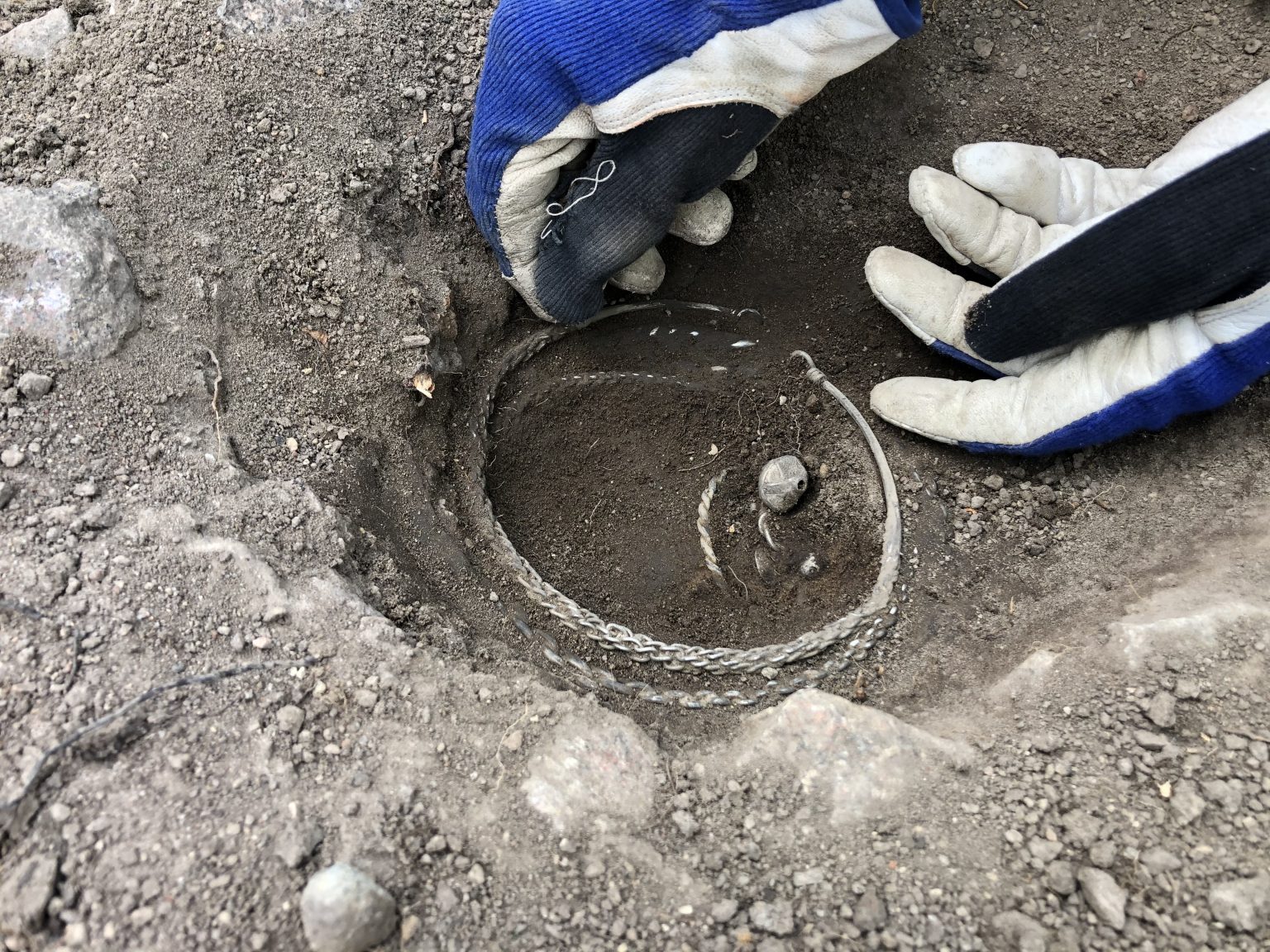

/https://tf-cmsv2-smithsonianmag-media.s3.amazonaws.com/filer_public/55/b3/55b3b557-ad11-46b8-9dcf-7529d123781f/openerletterboxed.jpg)